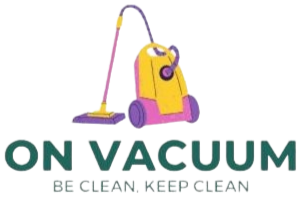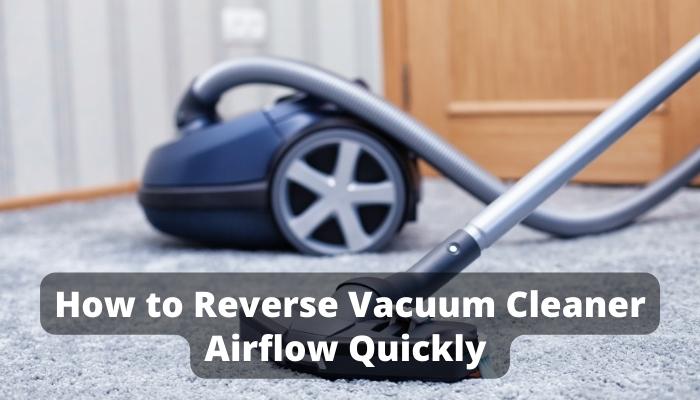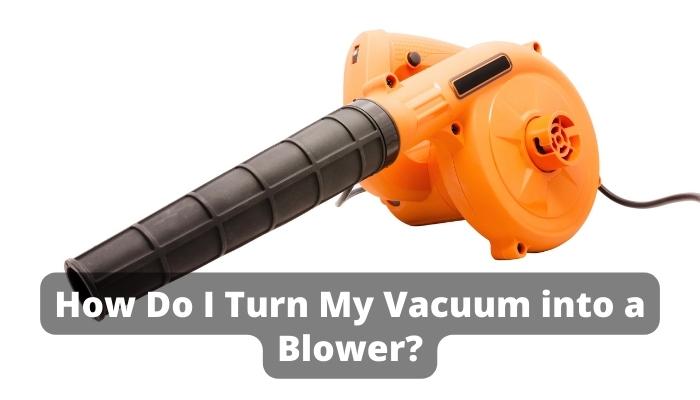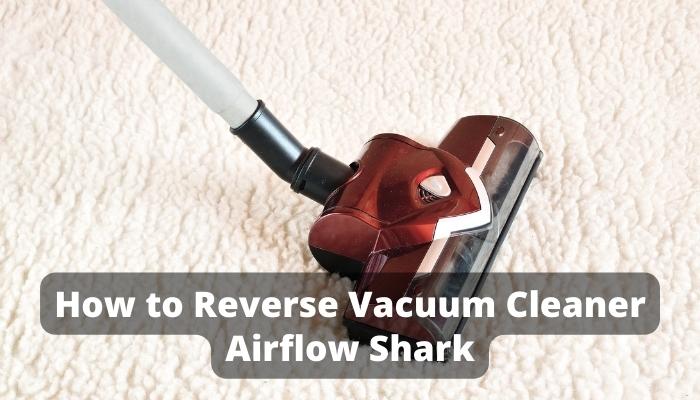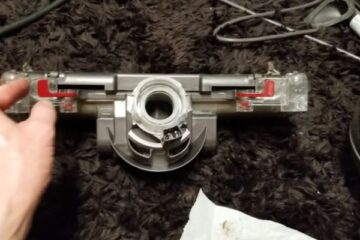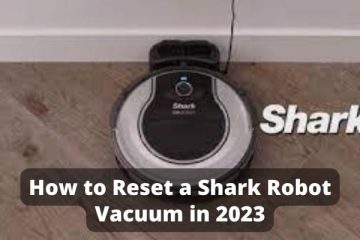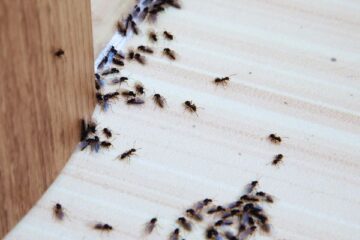How to Reverse Vacuum Cleaner Airflow? Have you ever wondered if you can make your vacuum cleaner blow air out instead of sucking it in? It’s a curious question and one that might have practical applications, like inflating an air mattress or clearing dust from hard-to-reach places. Let’s dive into the world of vacuum cleaner airflow and see if we can flip the script.
Vacuum cleaners are a staple in household cleaning, known for their ability to suck up dirt and debris. However, there are times when reversing the airflow can be beneficial, such as when you need to inflate an air mattress or clear a clog from the vacuum hose. Here’s how you can safely reverse the airflow on your vacuum cleaner.
Why Reverse Airflow?
Reversing the airflow on a vacuum cleaner can be useful for several reasons. Maybe you’re looking to use your vacuum as a blower to clean out your computer’s keyboard or perhaps you want to inflate something quickly without a dedicated pump. Whatever the reason, it’s clear that having the option to reverse airflow could add versatility to this common household appliance.
Understanding Vacuum Airflow
At its core, a vacuum cleaner works by creating a difference in air pressure. The motor generates suction, pulling air from the intake to the exhaust. This airflow carries along dust and debris, which is trapped in the vacuum’s filter or container.
At its core, a vacuum cleaner uses an electric motor that creates suction by rapidly spinning a fan. This suction is what pulls air, along with dirt and dust, into the vacuum. The air then passes through a filter and out an exhaust port, leaving the dirt behind in a collection bin or bag.
Reasons to Reverse Airflow
There are several reasons why you might want to reverse the airflow on your vacuum cleaner:
- Cleaning Hard-to-Reach Areas: Blowing dust out of tight spaces that are difficult to access.
- Inflating Objects: Using the vacuum as a pump to inflate mattresses or pool toys.
- Clearing Blockages: Blowing out clogs from the vacuum hose or piping.
Methods to Reverse Airflow
Most vacuum cleaners are not designed with a reverse airflow feature. However, there are a few methods you can try:
- Using the Exhaust Port: Some models have a built-in blower feature where you can attach the hose to the exhaust port.
- Aftermarket Kits: There are kits available that can be attached to certain vacuum models to enable reverse airflow.
- DIY Solutions: It’s possible to create a makeshift solution by attaching the hose to the exhaust vent with duct tape, but this is not recommended as it can damage the vacuum and is a safety hazard.
DIY Solutions for Reversing Airflow
On platforms like Reddit, users have discussed various homemade methods for reversing airflow. Some suggest attaching the hose to the exhaust port of the vacuum cleaner, while others recommend more complex modifications involving duct tape and additional hoses. However, these solutions often come with a caveat—they may not work efficiently and could potentially harm your vacuum cleaner or the device you’re trying to clean.
Commercial Solutions
Commercially, there are vacuums designed with a blower function, but they don’t truly reverse the airflow through the motor. Instead, they reroute the exhaust air through the hose. If your vacuum isn’t designed with this feature, it’s unlikely that you’ll find a commercial product to retrofit it for this purpose.
Step-by-Step Guide to Reverse Airflow
- Preparing the Vacuum Cleaner: Ensure the vacuum is unplugged and the bag or bin is empty.
- Reversing the Airflow: If your vacuum has a blower port, attach the hose to this port. Otherwise, consider purchasing an aftermarket kit designed for this purpose.
- Safety Precautions: Always follow the manufacturer’s instructions and safety guidelines when attempting to reverse airflow.
- Check Your Vacuum Model: Some models come with a built-in blower function. Consult your manual to see if this is an option.
- DIY Approach: If you’re determined to try a DIY solution, you could attempt to connect the hose to the exhaust vent. Be aware that this is not a manufacturer-recommended method and could void warranties or damage your vacuum.
- Consider Alternatives: For tasks like computer cleaning, compressed air cans or electric dusters might be safer and more effective options.
Roubleshooting
If you encounter issues while trying to reverse the airflow, such as the vacuum not turning on or the airflow not reversing, check the vacuum’s manual for troubleshooting tips or consult with the manufacturer.
Precautions
Before attempting any modifications, it’s crucial to prioritize safety. Make sure the vacuum is unplugged, and be aware that reversing airflow could cause debris to be expelled at high speeds, posing a risk to your safety and the environment.
Final Thoughts
While the idea of reversing a vacuum cleaner’s airflow is intriguing, it’s not a straightforward task. Vacuums are designed to suck in air, and altering this could lead to inefficiency or damage. For most situations, it’s best to use tools specifically designed for blowing air.
Reversing the airflow on a vacuum cleaner can be useful for a variety of tasks, but it’s important to do so safely and with the right equipment. Always consult your vacuum’s manual and follow safety precautions to prevent damage to your vacuum or personal injury.
FAQs
Can all vacuum cleaners reverse airflow?
No, not all vacuum cleaners have this capability. It’s typically a feature found in shop vacs or wet/dry vacuums.
Is it safe to reverse the airflow on my vacuum cleaner?
It can be risky and is not recommended without proper knowledge and precautions.
Will reversing the airflow damage my vacuum cleaner?
There’s a possibility of damage, especially if the vacuum is not designed for this function.
Can I use my vacuum cleaner to inflate an air mattress?
It’s possible with vacuums that have a blower function, but it’s not the intended use for most household vacuums.
What’s the best way to clean electronics if I can’t reverse my vacuum’s airflow?
Using compressed air or a dedicated electronic duster is the safest and most effective method.
Can reversing the airflow damage my vacuum?
If not done properly, it can cause damage. Use the correct attachments and methods.
What can I use reversed airflow for?
It’s great for inflating objects or blowing dust out of hard-to-reach places.
Where can I find an aftermarket kit to reverse airflow?
They can be found online or at specialty vacuum stores.
